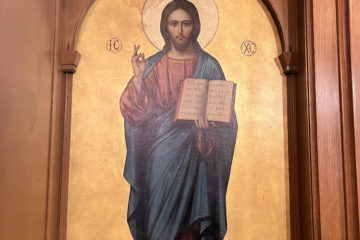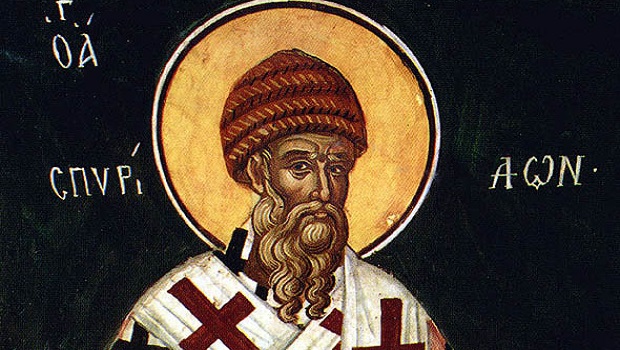But false prophets also arose among the people, just as there will be false teachers among you, who will secretly bring in destructive heresies, even denying the Master who bought them, bringing upon themselves swift destruction. And many will follow their licentiousness, and because of them the way of truth will be reviled. And in their greed they will exploit you with false words; from of old their condemnation has not been idle, and their destruction has not been asleep.
2 Peter 2:1-3
Christ is Risen!
When the First Ecumenical Council convened in 325 A.D. there was a lot of chaos and disunity in the Church. Because the Church had been scattered and persecuted for its first three hundred years, even though it had grown significantly during this time, when the Church emerged from its underground existence there was disunity about both belief and practice. Various Church leaders had differing teachings. And primary sources of information, like the Gospels, Epistles and Apostolic writings (writings by the Apostles and the next generation of leaders who knew the Apostles) were found in various places, literally fragments of writings that in some cases had been widely disseminated and in other cases had not been.
In calling together 318 bishops, the Emperor Constantine was essentially inviting them to bring everything they had and this “Council” would sort everything out. Three things of significance came out of the First Ecumenical Council. One was the Canon of Scripture. While the New Testament would not be codified or canonized (universally proclaimed and accepted) until 367 A.D., the person who advanced this cause was St. Athanasios, a young clergyman in 325 A.D., who is credited with compiling the list of the 27 books that are the New Testament. The conversation started at the First Ecumenical Council.
Another concern that was dealt with at the First Ecumenical Council was the date of Pascha and how it was to be calculated. There were different ways of determining the date of Pascha, including the date of Pascha, regardless of what day it fell on. There were other calculations that were based on the Jewish Passover. And other churches, led by Alexandria, connected Pascha to being required to fall after the Vernal Equinox. There was an astronomical calculation of Pascha that factors into how Pascha is calculated.
The biggest concern that was dealt with at the First Ecumenical Council was the heresy of Arianism, a doctrine that put forth the idea that Jesus Christ was a created being and therefore not the one true God. Eusebius of Nicomedia presented an Arian creed for the bishops to consider that was immediately rejected and anathemized. Later Eusebius of Caesarea (Bishops are listed with their name and see, so there was more than one bishop named Eusebius, these are two with different sees), offered a baptismal creed that was being used in Palestine, which is viewed as being foundational to what became the Nicene Creed. There was a phrase in this version of the Creed that referred to Christ as the “firstborn of all creation,” but this phrase did not make it to the Nicene Creed, because its phrasing could easily be interpreted as being closely allied with the teachings of Arius. This phrase was replaced with the Greek word “Homoousios” meaning that the Son is of one essence with the Father.
By the end of the First Ecumenical Council, the basic structure of what is today the Nicene Creed was in place. It was edited further at the Second Ecumenical Council, held in Constantinople in 381 A.D., which is why the full name of our Creed is the Nicene-Constantinopolitan Creed, but in most instances is referred to as the Nicene Creed. It is the oldest Creed in use in the world today. The Apostles Creed came later, in the 5th century, and began to be used in the Roman liturgical rites in the eighth century. It is used in some Protestant Churches and also occasionally in the Roman Catholic Church, though the Catholic Church uses the Nicene Creed with one notable difference which we will discuss later on.
Four anathemas (or condemnations) of the theology of Arius were made. Two bishops would not sign the Creed. These two, along with Arius, were deposed by the church and exiled by the Emperor, who had the power to exile those not allied with the canonical teachings of the church.
Lord, thank You for preserving our Faith for two thousand years. Thank You for those who gathered 1,700 years ago in Nicaea, and for guiding them by Your Holy Spirit to summarize what we believe in the Creed which we still recite today. Help me to understand more deeply what we believe, so that what I believe about You will translate into actions that serve You. Amen.
With the backdrop of the First Ecumenical Council given, we will shift our discussion specifically to the words of the Creed, exploring the theology and application of each phrase.


0 Comments